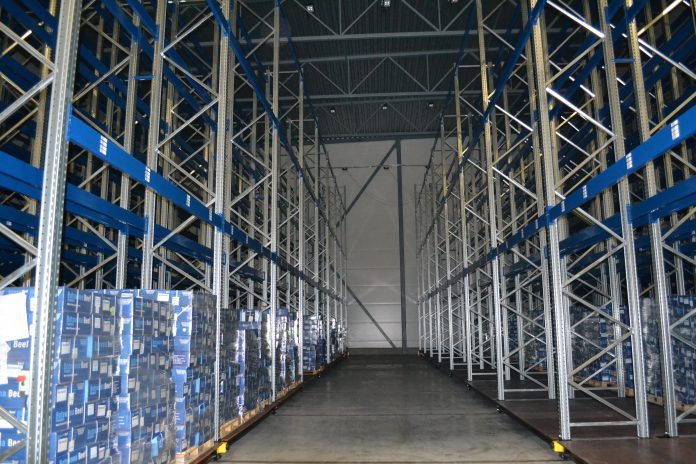Glacio Fredrikstad in Norway believes that the fresh fish market will use more super cooling in the future.
Super cooling is storage at temperatures just below freezing, and according to the company the quality is better compared to traditional cold storage. Even though the system has been available since 2012, it’s only now being widely taken up.

“We really believe in super cool. Parts of the frozen market are transferring to super cool because you lengthen the lifespan of the food. You have time to organize logistics differently. The fresh fish market will move over to super cool, and you may be able to keep salmon fresh for 20 days with the same quality as the salmon that last four days at the moment,” says General Manager of Glacio Fredrikstad, Thomas Karlsen.
Glacia Fredrikstad has been in existence since 2009 and also has a branch in Rakkestad, about 40 kilometers from Fredrikstad. A total of 17 employees work at these branches.
But in order to sell salmon that has been stored in super cooling, the seller must know what it means.
“The challenge will be the end customer. When he comes to buy fish in France or England, and he sees the salmon was processed 15 days ago, he might be skeptical. One must find a way to convince the customer that it is the same quality as the one he or she previously purchased. Therefore, dissemination knowledge about super cool on the part of the seller is required,” says Thomas Karlsen.

Collaborates with Sekkingstad and Seaborn
Glacio Fredrikstad focuses primarily on import and export. They do not own any merchandise themselves, but receive, take care of and store goods for customers, and deliver it to them again.
“On the export side, salmon and trout are clearly dominant. There is a lot of frozen salmon and trout here. I look at statistics, and see we have a large part of what is being exported frozen out of the country,” says Karlsen.
The company also has deals with major salmon exporters Sekkingstad and Seaborn.
“Why did you start with salmon?”
“We started with salmon and trout because our dad worked at the port of Oslo, and saw how the fish was handled. It was loaded in the open air, and it was not in accordance with the Norwegian Food Safety Authority’s regulations. It was also not particularly effective. We thought we could do this better.”

High salmon prices are bad news
Last year, the company had a pretax profit of €27,334 and a turnover of €1.4m. According to Karlsen the high salmon prices are to blame for the relatively weak profit.
“Yes, no doubt. Last year was a special year in the salmon industry with a complex problem with Chile, and the problem of lice here in Norway. There was a little less fish on the market and the price was very high. There was not a lot of frozen fish.”
When prices are very low, a lot of fish is frozen, and the company is building a cold store for the longer term. The company has expanded its building, to cope better with similar challenges in the future.
“With the build-up we hope we make ourselves a little bit stronger. The salmon industry is very much up and down, sometimes busy, sometimes quiet. If we only count on the salmon industry we become very vulnerable. One moment we could fill up the warehouse twice, half a year afterwards we are almost down to nothing.”
Lack of knowledge of the fishing industry
Karlsen is clear about the biggest challenge since the company started its business.

“The biggest challenge from when we started was that we had knowledge about storage and transport, but we knew nothing about the seafood industry. There were no fish in Fredrikstad either. Getting acquainted with that sector, people working there and gleaning knowledge of what we were supposed to do was a steep learning curve. We had to build relationships and convince our customers to try our company. Logistics is important for businesses and it must work. We came in as a completely unknown entity, and offered a new service in Fredrikstad where there was no background in fish. We are grateful that someone dared to count on us. That was the biggest challenge, the fact that we didn’t know anybody in the industry.”
But Karlsen knows why the company succeeded.
“We were convinced we were good at operating cold stores and we had a high level of service. Everyone can build cold stores, but it’s the service you put inside that separates one company from the other,” he concludes.


